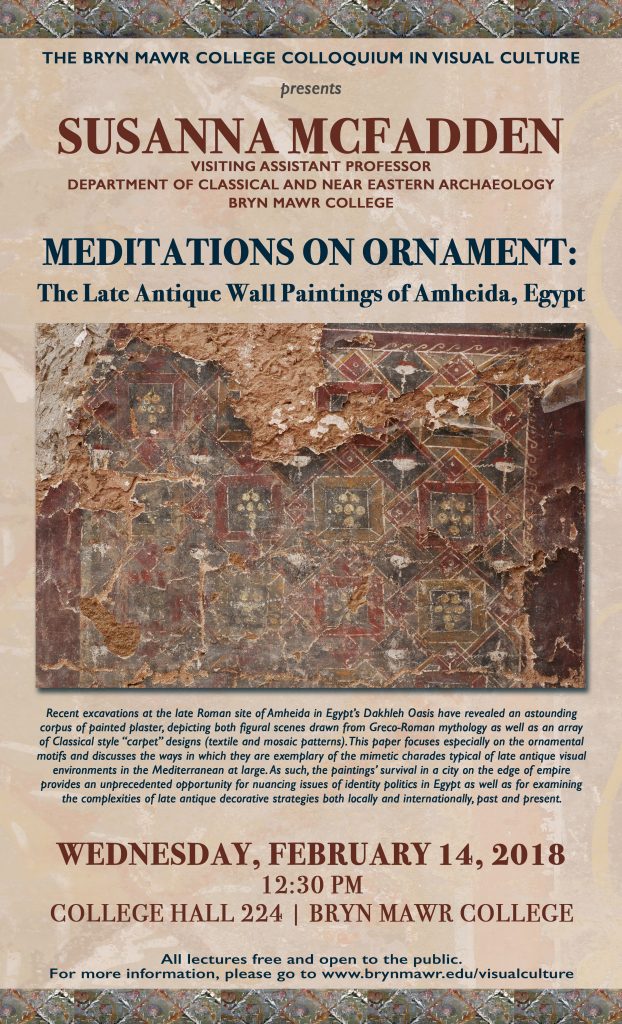Assistant Professor of East Asian Languages and Cultures and Comparative Literature, Bryn Mawr College
“The Panther, the Girl, and the Wardrobe: Terror Inside our Borders in Panther, by Brecht Evens”
Both the format and the premise of Panther, by Brecht Evens, are the deceptively familiar conventions of the illustrated children’s book. A young girl troubled by loss encounters a furry friend who brings color back into her life. As the book progresses, however, the girl’s and the reader’s expectations are violently overturned: book and companion have been deceptions. This paper considers Evens’ use of the comics form itself to critique border controls of varied kinds. In its contemplations of the pervasiveness of all kinds of “domestic terrors,” Panther presents a timely investigation and interrogation of the methods we employ to measure safety in a precarious world.









